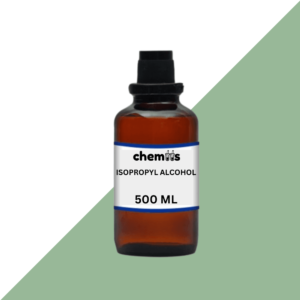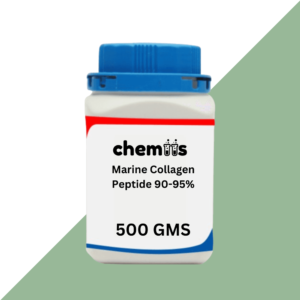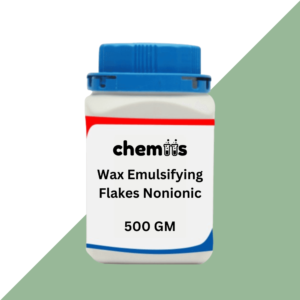Light Green, also known as Light Green SF Yellowish, is a versatile dye widely used in histology, microbiology, and industrial applications. It is a synthetic organic dye belonging to the triarylmethane family and is primarily utilized as a staining reagent in biological and industrial processes. Its ability to bind specifically to certain cellular components makes it indispensable in laboratories and research.
Applications of Light Green
1. Histology and Cytology
Light Green is extensively used in histological staining procedures, particularly in the following:
- Masson’s Trichrome Stain: Light Green is used as a cytoplasmic stain to differentiate between muscle, collagen, and other tissues.
- Collagen Staining: Highlights collagen fibers in green, allowing easy differentiation from other tissue components.
- Nuclear and Cytoplasmic Staining: Provides clear contrast in tissue sections for microscopic examination.
This makes it invaluable in diagnosing tissue disorders and studying pathological samples.
2. Microbiology
In microbiology, Light Green serves as a stain to enhance visualization of microorganisms and cellular structures:
- Bacterial and Fungal Staining: It is used to observe the structural components of microorganisms.
- Gram Stain Variants: Occasionally used as a counterstain to provide additional contrast.
- Viability Tests: Light Green can differentiate between live and dead cells in certain staining protocols.
3. Food and Beverage Industry
Light Green has been used historically as a coloring agent in food and beverages, though its usage in this field has become limited due to regulatory restrictions in many countries.
4. Textile and Paper Dyeing
As a synthetic dye, Light Green is used in the textile and paper industries for:
- Fabric Dyeing: Imparts vibrant green shades to natural and synthetic fibers.
- Paper Coloring: Used in specialty papers and colored stationery production.
Its high solubility and stability make it ideal for these industrial applications.
5. Laboratory Research
Light Green is a critical reagent in research laboratories for:
- Protein and Nucleic Acid Staining: Used in specific protocols to highlight biomolecules.
- Immunohistochemistry: Assists in staining cytoplasmic and extracellular components.
- Educational Demonstrations: Widely used in academic settings to teach staining techniques.
Advantages of Light Green
- High Affinity: Strong binding to cytoplasmic components for clear visualization.
- Versatile: Suitable for histological, microbiological, and industrial applications.
- Stable: Maintains color intensity under various conditions.
- Cost-Effective: Affordable and readily available.








Manish Chauhan (verified owner) –
Very dependable delivery.
Hitesh Suri (verified owner) –
The product is firmly packed.
Charu Ghosh (verified owner) –
Consistent on every order.
Hitesh Suri (verified owner) –
Fast response to queries.
Avni Kapoor (verified owner) –
Hassle-free experience.
Priya Sharma (verified owner) –
Received in perfect condition.
Aman Sheikh (verified owner) –
Good chemical purity.
Namrata Bansode (verified owner) –
Delivered without damage.
Ananya Joshi (verified owner) –
Exactly as shown.
Sandeep Nair (verified owner) –
Exactly as shown.